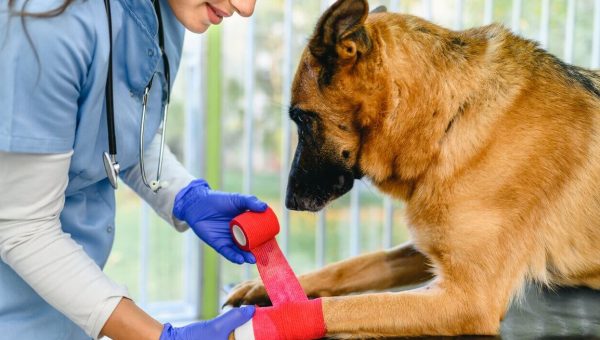If you’re eating your lunch right now, STOP. Because today, we’re talking about worms in dogs. It’s gross, yes, but having the knowledge about roundworms, pinworms, and tapeworms in dogs is absolutely necessary when it comes to giving your pet the best care possible. If you’re queasy, buckle up—we’re breaking down how dogs get worms, how you can prevent dogs from getting worms, the symptoms of worms, and so much more.
How Many Types of Worms Are There?
Your dog likely received regular worming treatments when she was a puppy, but that doesn’t mean that worms aren’t still contracted. In fact, with all the types of worms, it’s not uncommon to get the occasional infection. The main types of worms are:
- Roundworms, spread in feces or during pregnancy or nursing and sap the nutrients from its host
- Hookworms, can become infected from puppies’ mothers or through skin and set up shop in the intestines
- Heart worms, enter through mosquito bites and live in the heart and arteries
- Whipworms, picked up from contaminated soil and live in the intestines where they suck blood
- Tapeworms, contracted from swallowing fleas, also live in the intestines and take nutrients from host
- Ringworm, which comes from contact with fungus—and, surprisingly, not a worm, but a rash!
The commonality between all worms? A living being inside the body, sucking nutrients from its host. This, of course, leads to a range of symptoms.
What Are the Symptoms of Worms in Dogs?
Worm symptoms in dogs vary depending on the severity of the infection and the type of infection, but generally include one or more of these symptoms:
- Coughing, which is a sign of advanced heart worm
- Vomiting and diarrhea, sometimes with the presence of worms and/or blood
- Fatigue, as the worms are sapping nutrients and energy
- Bloated belly, particularly in puppies
- Weight gain or loss and general change in appetite
- Dull coat or irritated, itchy skin
- Scooting across the floor to relieve itchy skin
- Visible worms in the fur or feces
You know your dog best: if they’re exhibiting any of the above symptoms or acting “off,” bring them to the vet for treatment as soon as possible.
How Can You Prevent Dogs from Getting Worms?
- Stay up-to-date on medications for fleas and heart worms
- Always clean up after your dog, especially when in public places, to reduce transmission
- Take your dog to the vet for regular check-ups, and act quickly if you notice symptoms
How Does Worm Treatment Work?
After the vet has confirmed the presence of worms by examine a stool sample (0r blood test, for heart worms), the next step is getting rid of the darn things.
Deworming is simple, really—your vet will administer a drug that kills the worm, but is completely safe for your dog, through oral medicine or a shot, and the worms will pass. For heart worms, which live in the heart and bloodstream, things get slightly trickier—a shot is administered and over time, the foot-long worm breaks up into pieces to pass through. This can be dangerous, as the worms have potential to block blood from the heart or lungs, so be sure to keep your dog calm and rested during the process.
The bottom line? Go for regular check-ups, stay on top of medications, and always call your vet if your dog is acting differently than normal.






